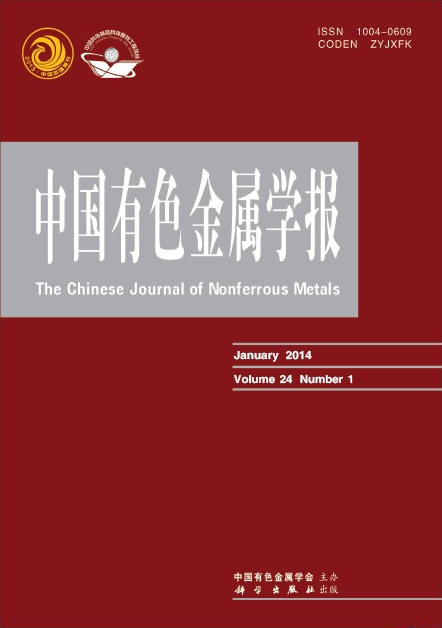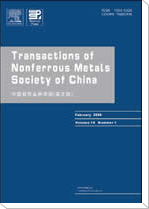(南华大学 污染控制与资源化技术湖南省高校重点实验室,衡阳 421001)
摘 要: 为了考察铀尾矿土壤中耐铀微生物群落结构,通过高通量测序技术解析细菌与古菌群落结构,并从中分离纯化耐铀菌属并进行分子生物学鉴定。通过高通量测序,分别获得42706条细菌和34346条古菌的有效序列。微生物Alpha多样性分析发现,细菌种类、群落丰富度与多样性均高于古菌的。通过细菌群落结构解析,发现Carnobacterium、Enterococcus、Comamondadaceae和Cronobacter这4类菌在铀尾矿土壤中存在,菌属丰度分别为3.14%、2.58%、0.83%和0.53%。其他优势耐铀菌为Bacillus (49.6%)、Lactococcus (31.9%)、Streptococcus (2.87%)、Caulobacter (0.89%)、Pseudomonas (0.72%)和Enterobacter (0.62%)。通过古菌群落结构解析,揭示了Candidatus Nitrosotalea(74.03%)、Methanosaeta(6.37%)、Methanobacterium(3.25%)、Crenarchaeotic(3.23%)和Terrestrial Miscellaneous(1.25%)这5类古菌在铀尾矿土壤中存在及其丰度。从铀尾矿土壤中分离出5种耐铀菌属,分子生物学鉴定发现A1和B2分别为Klebsiella sp.和Acinetobacter johnsonii菌属,而C2、D2及E2均属于Pseudomonas cedrina菌种。
关键字: 铀尾矿;微生物群落;高通量测序;古菌
(Hunan Province Key Laboratory of Pollution Control and Resources Reuse Technology, University of South China, Hengyang 421001, China)
Abstract:In order to investigate the uranium-resistant microbial communities in uranium tailings, high-throughput sequencing technique was used to analyze the community structure of bacteria and archaea. And isolation and identification of uranium-resistant bacteria were carried out. The results show that, after high-throughput sequencing, sequences of 42706 and 34346 are available for bacteria and archaea with high quality, respectively. Microbial alpha diversity analysis reveals that there are much higher microbial diversity, abundance and richness of bacteria than that of archaea. According to microbial community analysis of bacteria, it is the first report of Carnobacterium, Enterococcus, Comamondadaceae and Cronobacter in uranium tailings, which occupy 3.14%, 2.58%, 0.83% and 0.53% of the bacterial abundance, respectively. It also reveals other dominant uranium-resistant bacteria of Bacillus (49.6%), Lactococcus (31.9%), Streptococcus (2.87%), Caulobacter (0.89%), Pseudomonas (0.72%) and Enterobacter (0.62%). Besides that, according to microbial community analysis of archaea, it is the first time to show the dominant archaea genus of Candidatus Nitrosotalea (74.03%), Methanosaeta (6.37%), Methanobacterium (3.25%), Crenarchaeotic (3.23%) and Terrestrial Miscellaneous (1.25%) are available in the uranium tailings with certain abundance. In addition, five uranium-resistant bacterial genera are isolated, and molecular technique identification shows A1 and B2 are similarity with Klebsiella sp. and Acinetobacter johnsonii, respectively. And C2, D2 and E2 belong to the species of Pseudomonas cedrina.
Key words: uranium tailings; microbial community; high-throughput sequencing; archaea


